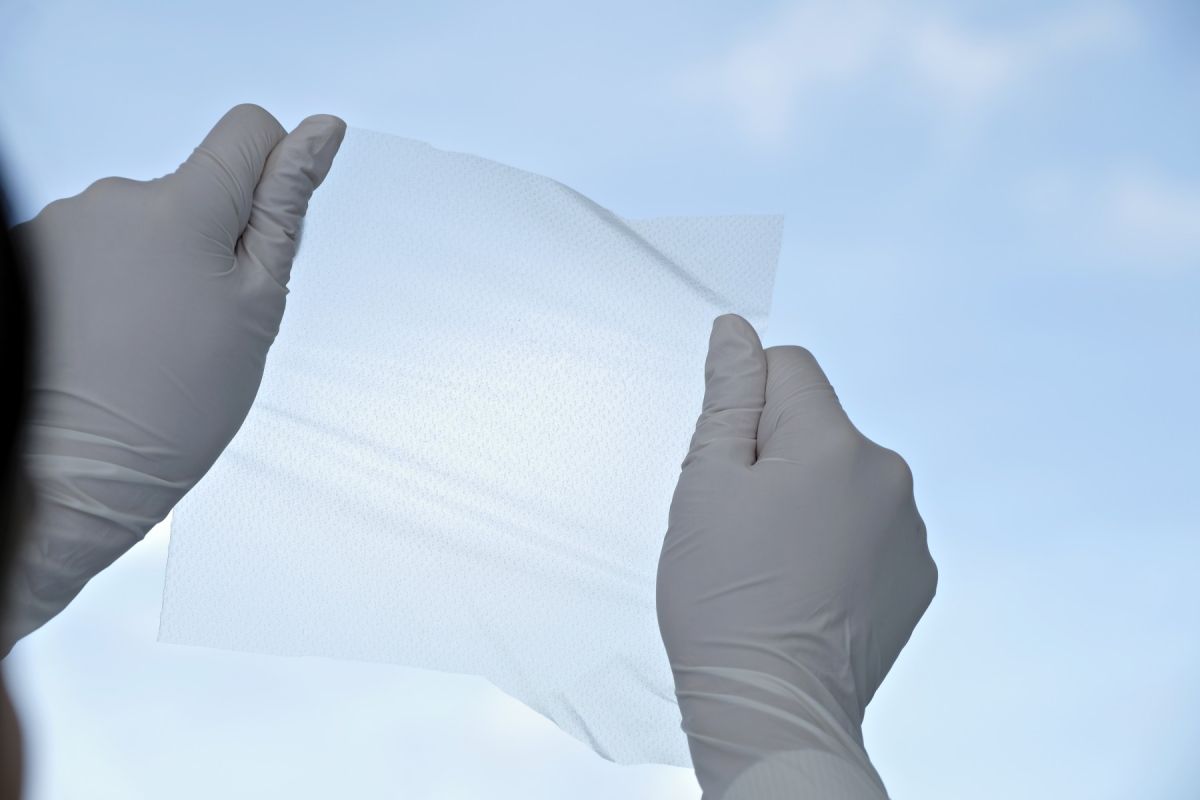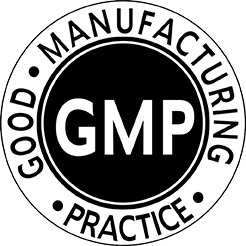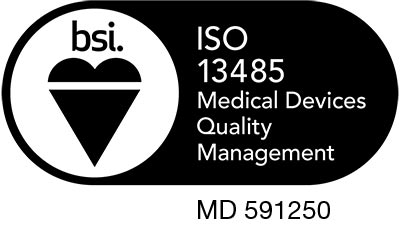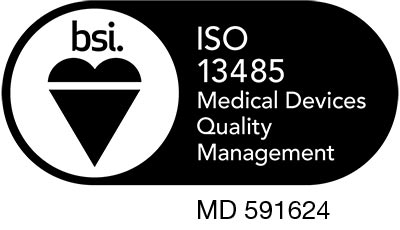
Collagen dressings are sheets, pads and gels derived from usually bovine or porcine collagen. They can play a crucial role in the wound healing process as they encourage cell proliferation, angiogenesis and collagen deposition into the wound bed.
In the wound healing process, chronic wounds can become a problem when certain natural processes work to delay the healing. One of these being MMPs, or matrix metalloproteinases. MMPs contribute to the wound healing process as they can break down the damaged tissue. However, if there are too many MMPs, they begin to destroy the healthy ECM, or extracellular matrix.
Another factor that can delay the healing process is the formation of a biofilm. A biofilm forms when bacteria, fungi and other microorganisms adhere to the surface of the wound and are left unchecked. The biofilm then protects the microorganisms from the body’s immune response, delaying the wound from healing naturally.
While MMPs and biofilms are very problematic when it comes to the healing of wounds, collagen is used as a source to aid as well as speed up the healing process.
Collagen dressings provide a moist healing environment that allows the wound to heal. It is able to inhibit or inactivate the MMPs while giving the enzymes additional collagen sources, thus allowing the body’s natural collagen to be used for the new tissue growth.
When collagen dressings are combined with silver, or other agents, it deters the biofilm from getting into the wound bed as well as preventing infection.
Collagen dressings can come in multiple various forms, including sheets or powders to absorb wound exudate or as a gel to provide moisture to the wound site.
Along with being able to prevent MMPs and biofilms from delaying the healing process, collagen dressings have numerous advantages.
Other key advantages include:
- Natural: collagen is a naturally formed protein within the body and is easily recognized in the healing process.
- Non-immunogenic: as collagen is natural, it does not provoke an unwanted response from the body.
- Non-pyrogenic: collagen is sterile and is free of any fever-causing substances
- Hypoallergenic: collagen will not cause an allergic reaction to the skin it comes into contact with, except in rare cases.
- Increase fibroblast production: fibroblasts are crucial in the restoration of injured tissue
- Aids in the bioavailability of fibronectin, which promote the spreading of platelets to the site of the injury
- Preservation of leukocytes: leukocytes are white blood cells that helps to fight infection and get rid of disease
- Preservation of macrophages: macrophages phagocytose dead cells and bacteria to prepare the wound site for healing




